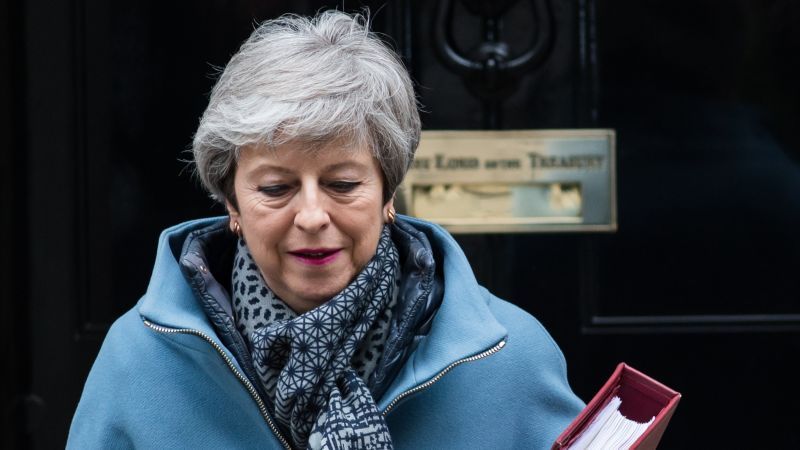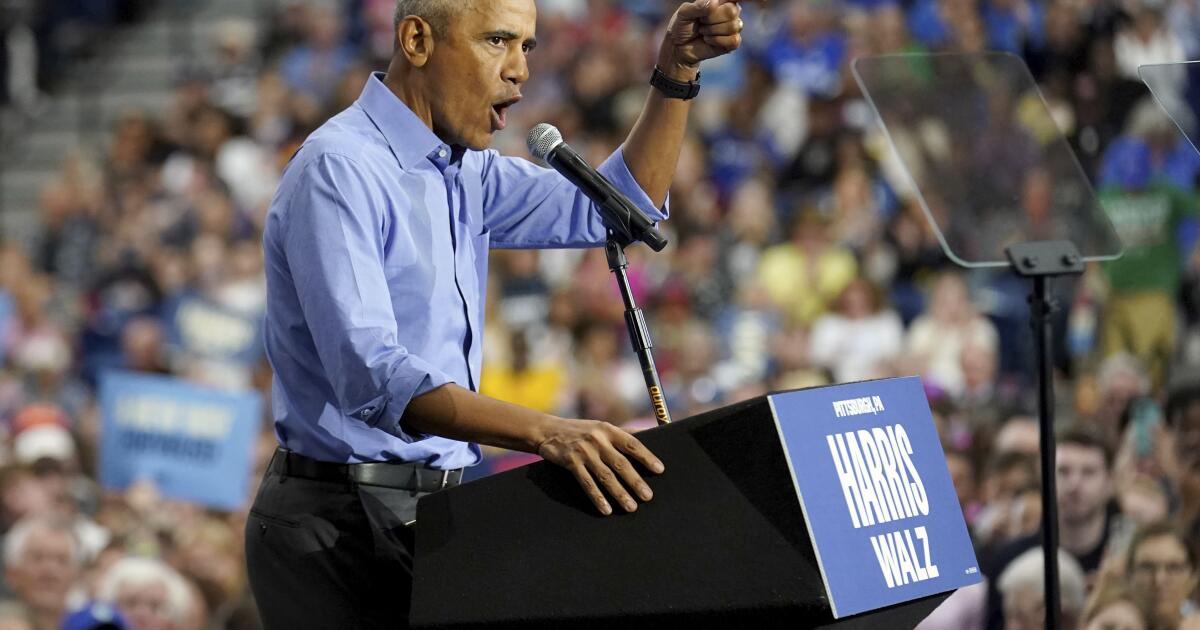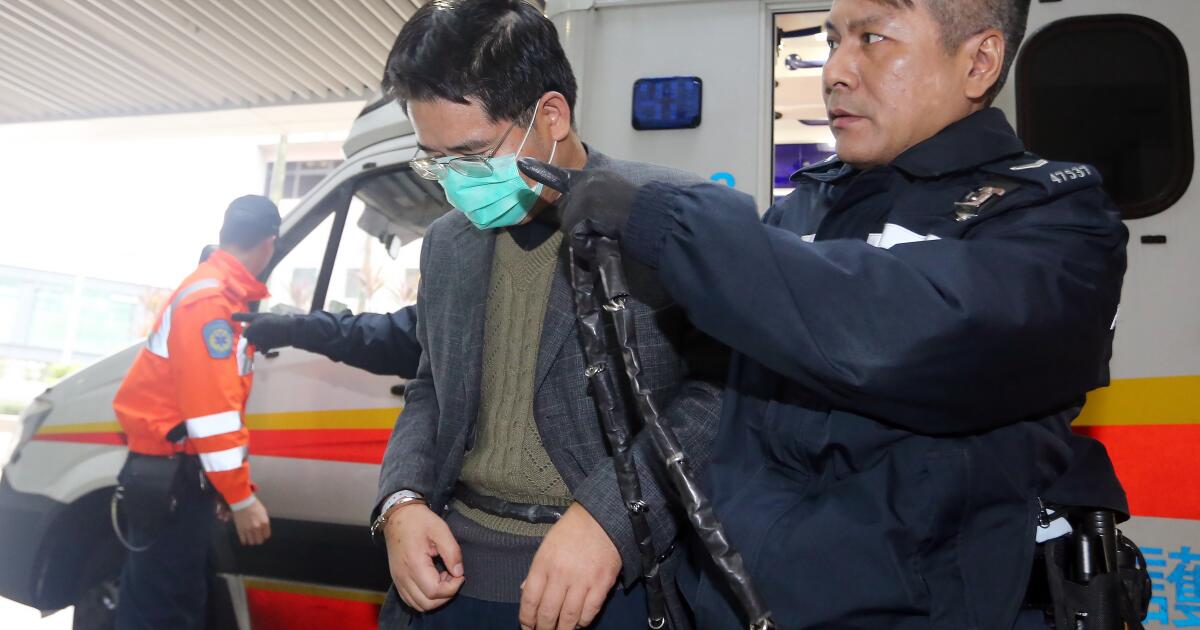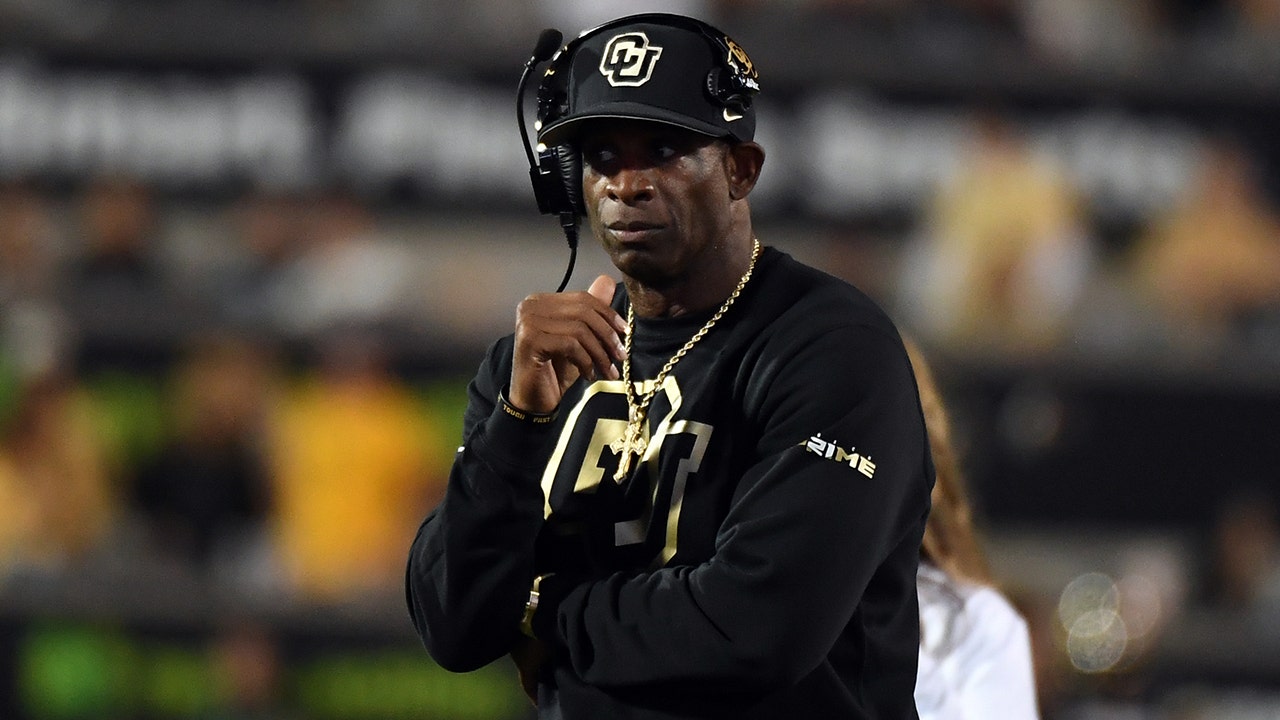cnn
—
Here's a look at the life of Theresa May, former Prime Minister of the United Kingdom.
Birthdate: October 1, 1956
Place of birth: Eastbourne, England
Birth name: Teresa Maria Brasier
Father: Hubert Brasier, Anglican vicar
Mother: Zaidee (Barnes) Bra
Marriage: Philip May (1980-present)
Education: St. Hugh's College, University of Oxford, Geography, 1974-1977
Religion: Anglican
You have type 1 diabetes.
She was the first female president of the Conservative Party.
Benazir Bhutto, who later became Pakistan's prime minister, introduced him to her husband in 1976 at an Oxford Conservative Association ball.
He lost both his parents when he was 20 years old.
She co-founded Women2Win, an organization dedicated to increasing the number of Conservative women in Parliament.
She is the second female prime minister of Great Britain. Margaret Thatcher was the first. She served from 1979 to 1990.
1977 – He accepts a job at the Bank of England.
1985 – He begins working for the Payment Clearing Services Association as an advisor on international affairs.
1986-1994 – Councilor for the London Borough of Merton.
May 1997 – Elected Conservative Member of Parliament for Maidenhead.
1999-2001 – Shadow Secretary of State for Education and Employment.
2001-2002 – Shadow Secretary of State for Transport, Local Government and the Regions.
2004-2005 – Shadow Secretary of State for the Family.
May 2010-July 2016 – Home secretary.
2012 – Introduces the controversial Data Communications Bill, which would require UK internet service providers and communications companies to collect more data on users' online activities. Its opponents call it the “Snoopy Card.”
July 11, 2016 – He is appointed leader of the Conservative Party.
July 13, 2016 – He replaces David Cameron as British Prime Minister when he resigns after the United Kingdom voted to leave the European Union.
July 20 and 21, 2016 – She is making her first international trip as Prime Minister of Great Britain, to Berlin to meet German Chancellor Angela Merkel and to Paris to meet French President Francois Hollande.
January 26-27, 2017 – During a visit to the United States, May becomes the first sitting foreign leader outside the United States to speak at the annual Republican congressional retreat and the first foreign leader to meet with U.S. President Donald Trump since his inauguration.
April 18, 2017 – Calls for early general elections to be held.
May 22, 2017 – After the Manchester explosion, May announces that the election campaign will be suspended until further notice.
June 8, 2017 – In a competitive general election, May's Conservative Party loses its majority in the UK parliament and is short eight seats. The Labor Party, led by opposition leader Jeremy Corbyn, wins 32 seats for a total of 262 seats.
June 9, 2017 – May visits Queen Elizabeth II at Buckingham Palace, a first step in the process of forming a new coalition government. May's proposed new government will be a partnership between the Conservative Party and the Democratic Unionist Party of Northern Ireland. The next day, two of May's top advisers resigned, even as May herself rejects calls to resign.
September 22, 2017 – During a speech in Florence, Italy, May proposes a “strictly time-limited” transition period to facilitate Britain's withdrawal from the European Union in 2019.
December 6, 2017 – Prosecutors outline a plot to assassinate May involving an explosive device at the gates of Downing Street that would give the attacker access to Number 10, May's residence, as Naa'imur Zakariyah Rahman appears in court charged with terrorism offences. in the alleged plot.
April 17, 2018 – May apologizes for her government's treatment of some Caribbean migrants in the UK and insists they were still welcome in the country. The apology comes amid widespread condemnation of the government's treatment of the so-called Windrush generation, the first large group of Caribbean migrants to arrive in the UK after the Second World War.
July 6, 2018 – At the end of a cabinet meeting on Brexit, May announces a proposal that aims to preserve free trade with the European Union. In exchange for free access to its largest export market, the UK would agree to follow EU rules and regulations on goods and accept a limited role for its highest court. Two cabinet members, Brexit Secretary David Davis and Foreign Secretary Boris Johnson, resigned days later in protest at the plan.
July 17, 2018 – May survives a crucial vote in Parliament when MPs vote 307 to 301 against a proposal by members of her Conservative Party who support remaining in the EU that would have significantly undermined her Brexit strategy.
September 21, 2018 – After an EU summit in Salzburg, Austria, in which her Brexit plan was largely rejected, May called for the EU to “respect” the British position and the Brexit vote. The negotiations, he claimed, are “at a standstill.”
December 12, 2018 – He survives a motion of no confidence among conservative parliamentarians and obtains 200 of the 317 possible votes. The vote was called after May postponed a parliamentary decision on a Brexit deal amid signs it would not be approved.
January 15, 2019 – May's Brexit deal is defeated by 432 votes to 202, the largest margin of defeat since 1924. Corbyn calls for a vote of no confidence after May's defeat, saying it will allow the House of Commons to “give its verdict on the absolute “incompetence of this government.” .”
January 16, 2019 – May survives a vote of no confidence in the House of Commons. Lawmakers voted 325 to 306 in favor of the government remaining in power. After the vote, May urges British political parties to “put aside self-interest” and negotiate together a compromise Brexit deal.
March 27, 2019 – Lawmakers in the House of Commons take control of the parliamentary calendar from May to vote on alternatives to their Brexit plan. After hours of debate, MPs in the House of Commons do not support any of the proposals. At 5:00 p.m. local time, May regains the initiative and offers to resign if deputies support her withdrawal agreement.
May 24, 2019 – May announces that she will resign as leader of the Conservative Party on June 7. She will remain as prime minister until a successor is chosen.
July 24, 2019 – He presents his official resignation to the Queen at Buckingham Palace. Johnson becomes the new prime minister.
December 12, 2019 – Wins re-election as Conservative MP for Maidenhead.
March 8, 2024 – Announces that he will leave office as an MP in the next general election, ending 27 years in parliament.












